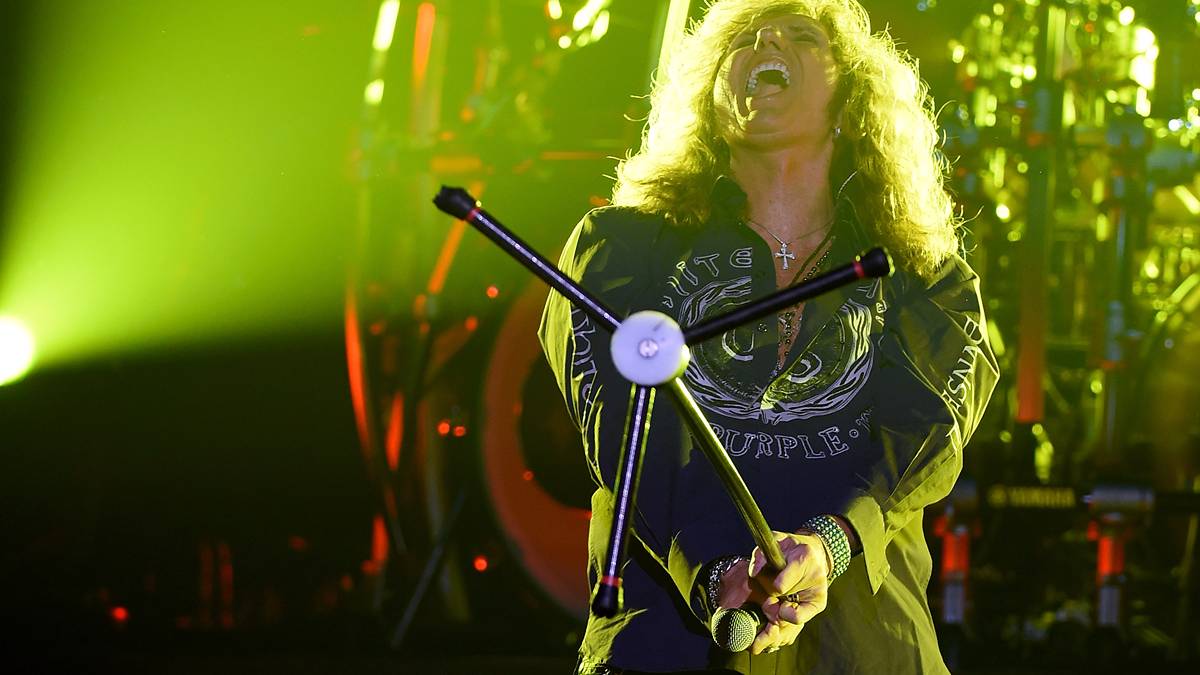Biocurious: Having gained FDA approval, Orthocell is ready to ‘rock and roll’ in the US
Having won US Food & Drug Administration approval for its novel nerve repair agent Remplir, Orthocell is wasting no time in getting it to market.

Stockhead
Don't miss out on the headlines from Stockhead. Followed categories will be added to My News.
Orthocell says FDA approval for its Remplir nerve regeneration conduit was timely in more ways than one
The approval leverages the $80 million Orthocell spent to develop its collagen-based Celgro platform
Inspired by its Australian experience, Orthocell will waste no time rolling out Remplir to the US$1.6 billion a year addressable market
Orthocell CEO and co-founder Paul Anderson was supremely confident the US Food & Drug Administration (FDA) would approve the company’s nerve repair device Remplir – as it did last week.
But he’s relieved as well, timing wise.
Anderson reveals that well before last November’s US presidential election, the company’s geopolitical advisors warned of the likelihood of a Trump win, despite the legal and other controversies enveloping the presidential candidate.
“As a consequence, I made sure the team was laser focused on getting this application in, in time to beat any Trump issues that were going to arise,” Anderson says.
Indeed, the early days of Trump 2.0 has seen a shambolic FDA shake-out, resulting in many drug and device applicants not knowing whether they are Arthur or Martha.
(We’ll get to tariffs later).
“We got in in the nick of time,” Anderson says of the approval.
“Our lead FDA reviewer didn’t change, as well as the senior team behind him. The FDA were very clear, concise and direct with their communications.”
The cashed-up Orthocell is now in pole position to tackle a US market dominated either by “outdated” rival devices, or by surgeons more wedded to stitching (suturing) than a crocheting maiden aunt.
“We are absolutely delighted we have cash in the bank and are ready to rock and roll in the US,” Anderson says.
No porkies: we have the cleanest pigs
Derived from porcine material, Remplir is a collagen-based wrap that protects severed nerves in the fiddly repair process and promotes regeneration.
Anderson says Australia’s’ pig herd is among the cleanest and most traceable in the world.
“We looked at collagen from the US and Europe, but it was inferior quality to what we have in Australia,” he says.
“Nine of the 13 viruses we have to test for do not exist in Australia.”
A better way to repair nerves
Remplir is the only repair agent that mimics the outside edge of the nerve, called the epineurium.
It is also the only product that degrades in the body at the right time: not too early and not too late.
Remplir can also be stored at room temperature, with a three-year shelf life.
“Remplir reduces the number of sutures and considerably simplifies the surgeons’ approach and makes the clinical outcome more consistent,” Anderson says.
“It’s now understood that sutures aren’t such a good idea, because they damage the nerve, which causes unpredictable and inconsistent results.”
Clinical trials show the product partially restores nerve and muscle function in paraplegics.
US "game changer"
Remplir is an iteration of Orthocell’s Celgro platform, which also includes the commercialised dental repair device Striate.
Remplir already has been sold in Australia and has been approved in Singapore and New Zealand.
But the US approval is the game changer, exposing Remplir to a US$1.6 billion a year addressable market across at least 700,000 nerve repairs annually.
Orthocell has wasted no time shipping product from its Perth manufacturing to a centralised US warehouse.
The company is using a hybrid of direct distribution with its own workforce, with non-exclusive distributors engaged for regional areas.
Last October, Orthocell took the risky pre-emptive measure of hiring key US sales, marketing and legal executives ahead of approval.
A stitch in time sometimes doesn’t save nine
FDA approval is an admirable feat for any ASX life-sciences company, but commercialising medical devices isn’t just a case of ‘build it and they will come’.
Surgeons won’t change their techniques unless given good reasons to do so – in a clinical and economic sense.
“We have spent two years in the US market fertilising collaborations for this very moment,” Anderson says.
“We have key opinion leaders and hospitals that are ready to use our product and distribution networks and partners.”
In the US, Remplir will vie with several competitors, notably the bigger Axigen and Integra.
Anderson claims these rivals are using technology up to 20 years old.
“There’s now a better understanding of what makes a good conduit or a good wrap."
Australian experience sets the benchmark
Orthocell cites a total US addressable market of US$1.6 billion, but Anderson is circumspect about how immediate revenues are likely to pan out.
As a guide, Australia’s Therapeutic Goods Administration approved Remplir in March 2022.
In the first year of sales, surgeons used the device in 1000 procedures and that doubled to 2000 in the second year.
One thousand procedures generate about $3 million of revenue.
Nerve repair products aren’t usually subject to public reimbursement in the US, but private insurance coverage is common.
Anderson says Remplir has been validated by the company’s experience in Australia, where the product is used by 180 surgeons across 130 hospitals.
Across the Celgro range, surgeons have carried out 70,000 procedures, rendering it an "incredibly safe and efficacious” product.
“Surgeons are willing to use the product and then order it again," Anderson says.
Orthocell reported $2.4 million of sales revenue in the December half, up 70% and a $1.3 million loss (compared with a previous $$5.2 million deficit).
Anderson is confident that on the expected sales trajectory, Orthocell will be “close to break even in the foreseeable future".
Tariffs ‘won’t be a disaster’
Did someone mention tariffs?
While the US has excised pharmaceuticals from tariffs, there’s confusion about the status of medical devices.
Anderson says whatever the case, the baseline tariff of 10% applied to Australia is the lowest of any country.
So, in a relative competitive sense, the impost is neutral or favourable.
“Also, we are not in the market yet, so don’t have to re-adjust our pricing,” Anderson says.
“We also have a really huge margin business, so 10% won’t be a disaster.”
Unlike its rivals who license product from other suppliers, Orthocell controls its manufacturing margin.
“From a pricing perspective, we are coming in just below our competitor so we don’t think there will be any material effect."
Music to the ears for ‘nervy’ investors
Having spent $80 million on developing the Celgro platform, Orthocell has no further costs to incur.
With $32 million in the bank as of the end of December 2024, Orthocell also has enough funding for the US Remplir roll-out.
Given investors’ risk averse stance generally, this is just as well.
“You wouldn’t want to be raising capital in the next six months,” Anderson says.
Orthocell has not been immune to the market jitters, with its shares declining 17% since Friday’s approval.
But Anderson says “nerves aren’t going to stop being damaged because of Trump” – a literal observation rather than a metaphoric reflection on the current investor mindset.
“The winds of change are upon us,” he says.
“We are in the right place at the right time with manufacturing scale and approvals.”
At Stockhead, we tell it as it is. While Orthocell is a Stockhead advertiser, the company did not sponsor this article
Originally published as Biocurious: Having gained FDA approval, Orthocell is ready to ‘rock and roll’ in the US







